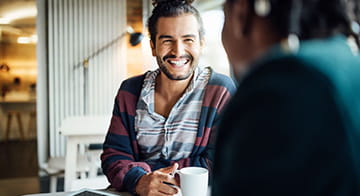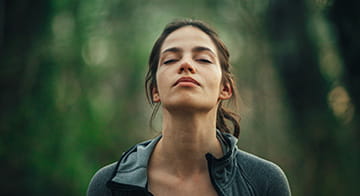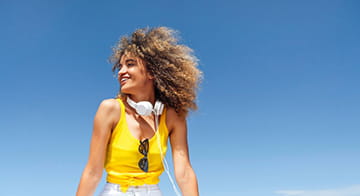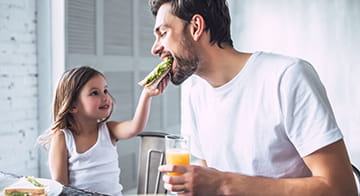Personal healthcare
Our plans are designed to provide you with international healthcare, that meets the needs of you and your family. Being a Bupa Global member means we’re always by your side.
What matters most to you?
Member services
Being a Bupa Global member means having direct access to your healthcare and wellness support – wherever life takes you.
MembersWorld
Blua digital healthcare
Helpful resources
Your wellbeing
Explore our health and wellbeing content for support and expert advice to help you live a healthy lifestyle every day.
Categories
A Moment in Health
Business and Intermediaries
Explore Business healthcare plans and resources for new and existing Intermediaries.
Personal healthcare
Personal healthcare
What matters most to you?
Member services
Member services
MembersWorld
Blua digital healthcare
Helpful resources
Your wellbeing
Your wellbeing
Categories
A Moment in Health
Business and Intermediaries
Business and Intermediaries

Your Wellbeing
Our collection of health and wellbeing information to support you at home and abroad. Explore to find advice and tips from Bupa experts and to hear the latest from the Bupa Global team.
Browse by category

Featured
Overlooked no longer: New leaps in endometriosis research
Endometriosis is a condition that affects roughly 190 million women and girls globally. While its symptoms can be debilitating, they are mostly unseen and often little understood. Now, with ground-breaking advances in r...
Recent

How to stay well this flu season

The end of the willpower era: Discover new ways to help you stay active

Health on the move: the benefits of virtual care

How to keep your brain healthy and active

Tips to help you build and maintain a healthy morning routine

How to build healthy habits

How often should you eat?

Understanding your recommended daily water intake

Understanding jet lag
See all articles in General health
Blua: Digital health by Bupa
Blua offers easy and convenient access to digital healthcare when you need it, including same day virtual doctor consultations. Available as part of your Bupa Global policy.


Neurodiversity and childhood: a parent’s perspective

How to support your child’s mental health when moving to a new country

The importance of play for family mental health

Managing mental health during times of stress without self-medicating

Talking about mental health: How to help and support someone

Eco-anxiety: supporting young people’s mental health
Eco-anxiety is on the rise in young people. Discover practical tips to ...

Exercise and mental health

Men’s health and the internet

The importance of social interaction at work and beyond
See all articles in Healthy mind

Overlooked no longer: New leaps in endometriosis research

Unlock the benefits of strength training during menopause
The changes that come with the peri-menopause and menopause can affect ...

Why active recovery matters: the best way to rest

Supporting your bone health

Can we prevent osteoporosis and osteoarthritis?

How to stay safe and well in the sun

Understanding the causes of high cholesterol

Dispelling the myths of heart health

Keeping a heart-healthy lifestyle
See all articles in Healthy body

Adding movement to change a sedentary lifestyle

Mental health and wellbeing in the workplace

Sustainability and mental health pressures prompt senior career transitions

The boardroom of the future
Diversity in the workplace is more important than ever as global leaders...

Empathy at the top
See all articles in Wellbeing at work

Bupa Global’s mental health coverage

Inside Cromwell Hospital, a renowned cancer specialist hospital in London

Bupa Global launches 2022 Executive Wellbeing Index

The key to boosting digital health adoption and engagement

Is 2021 a watershed moment for ESG goals?

Bupa Global launches 2021 Executive Wellbeing Index
